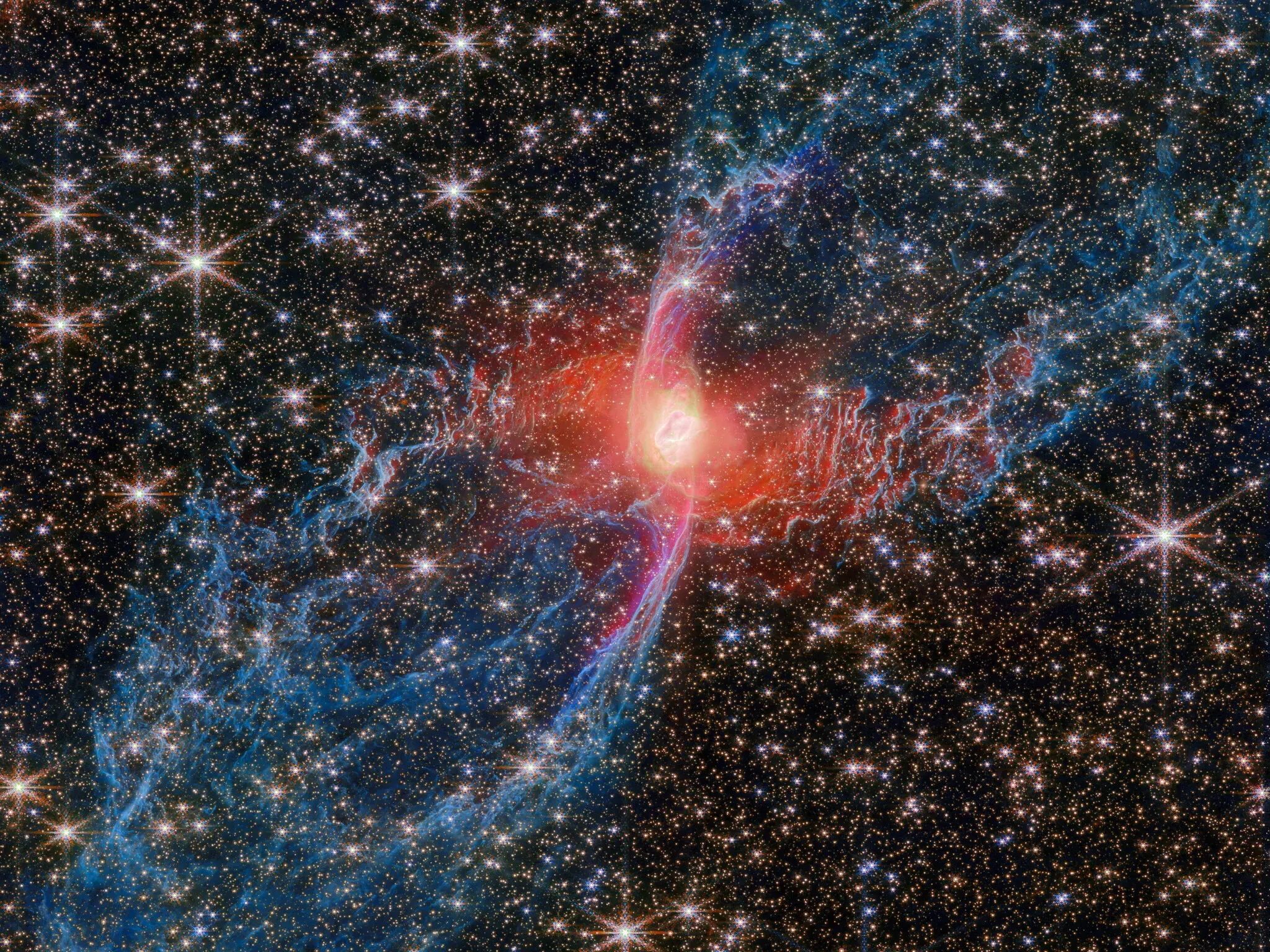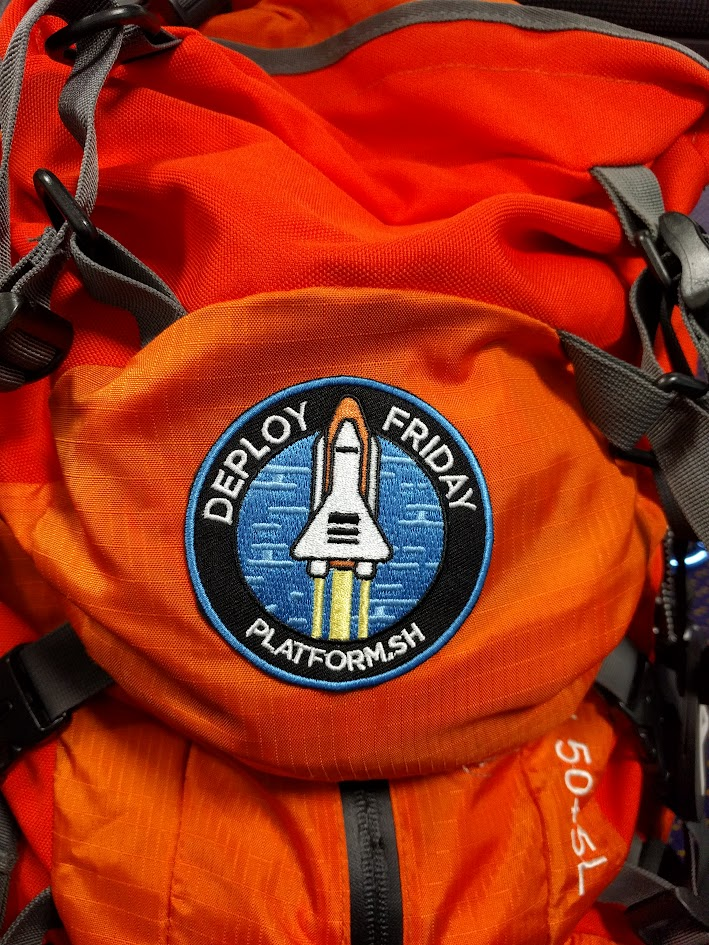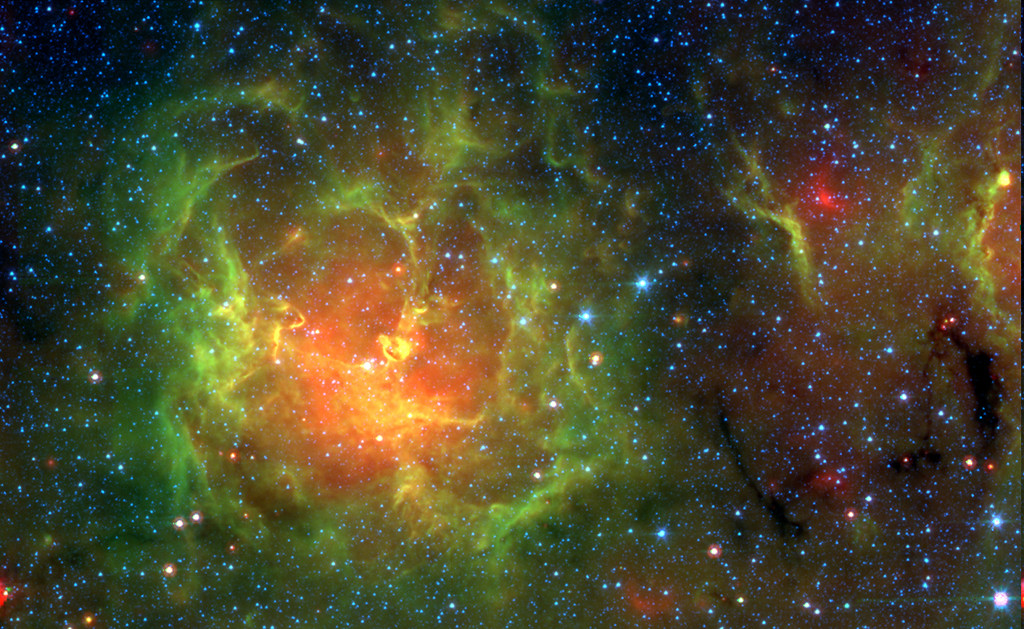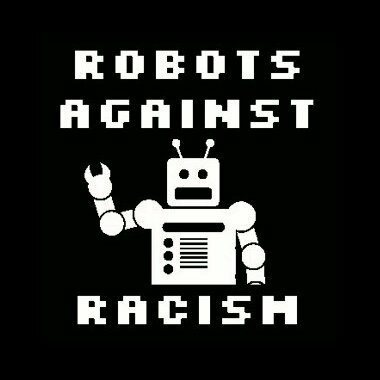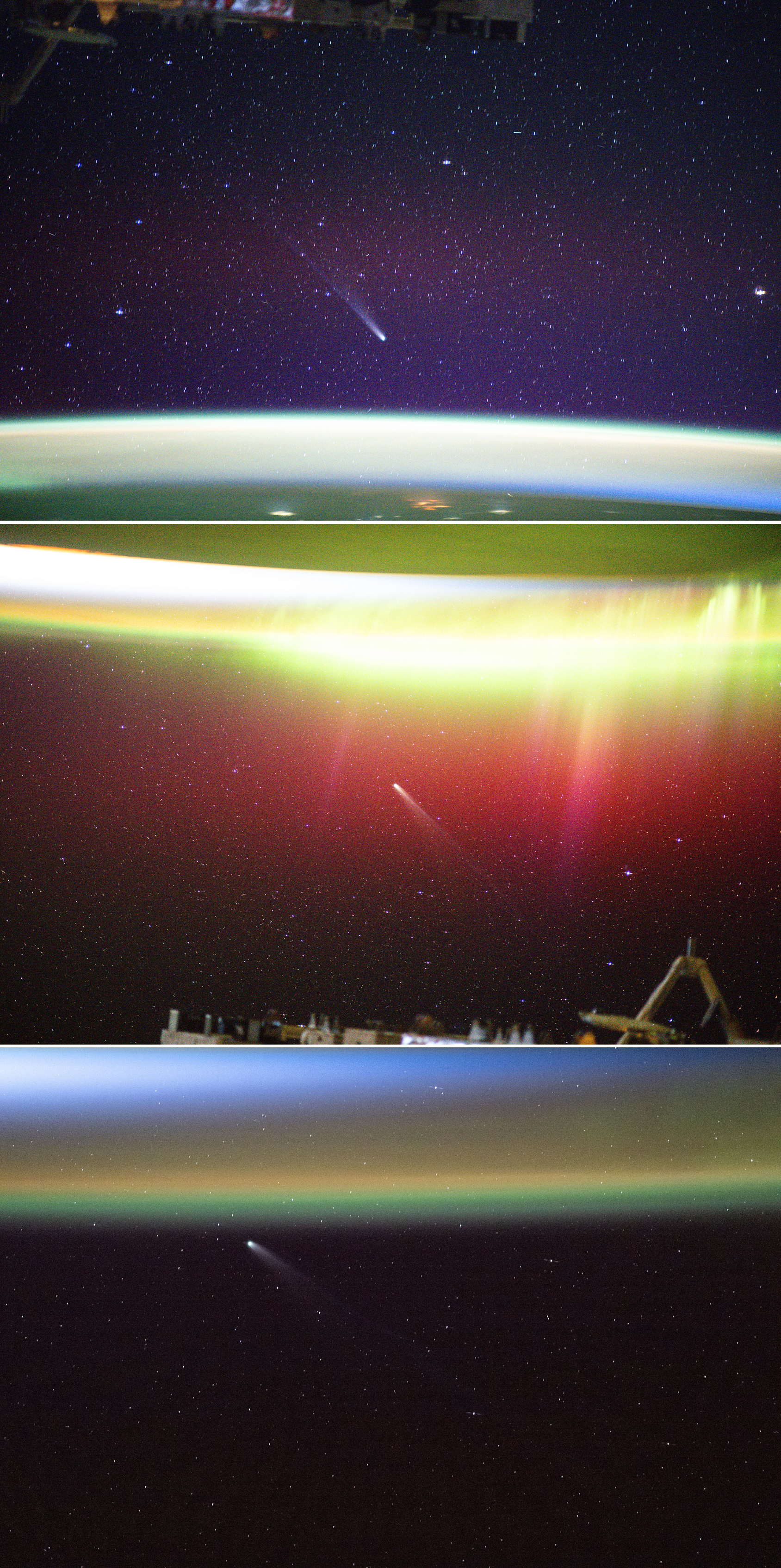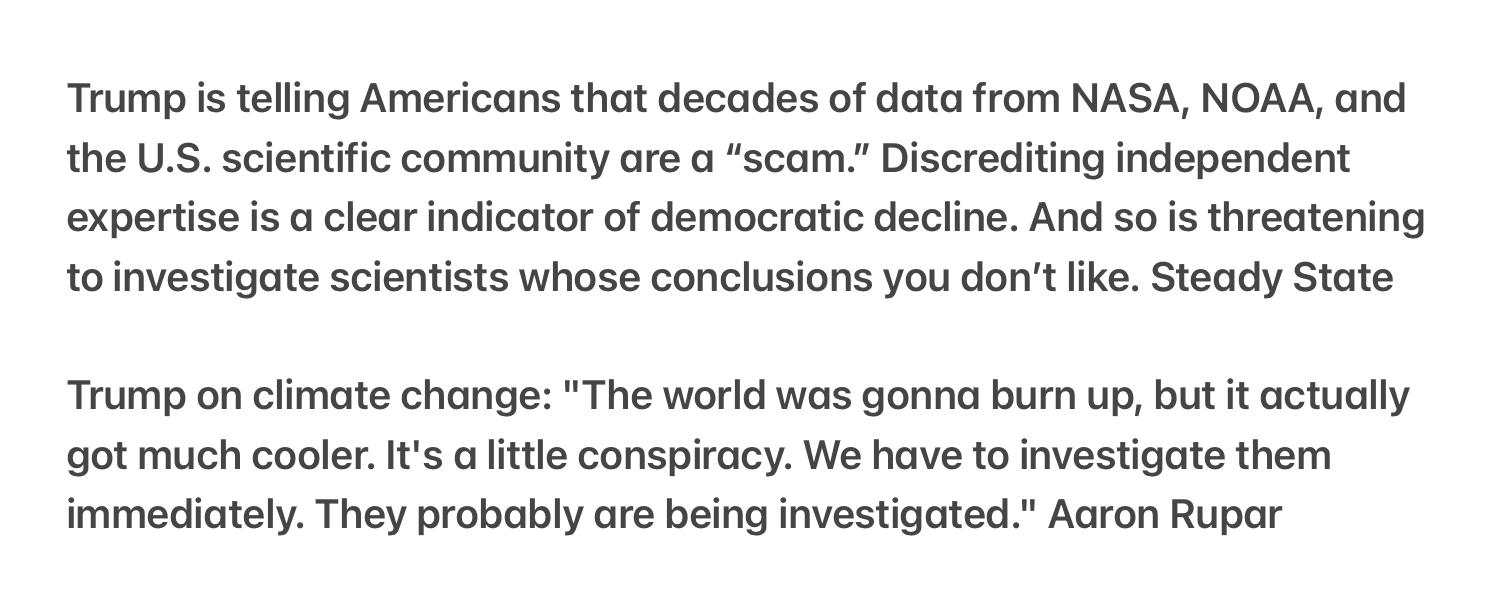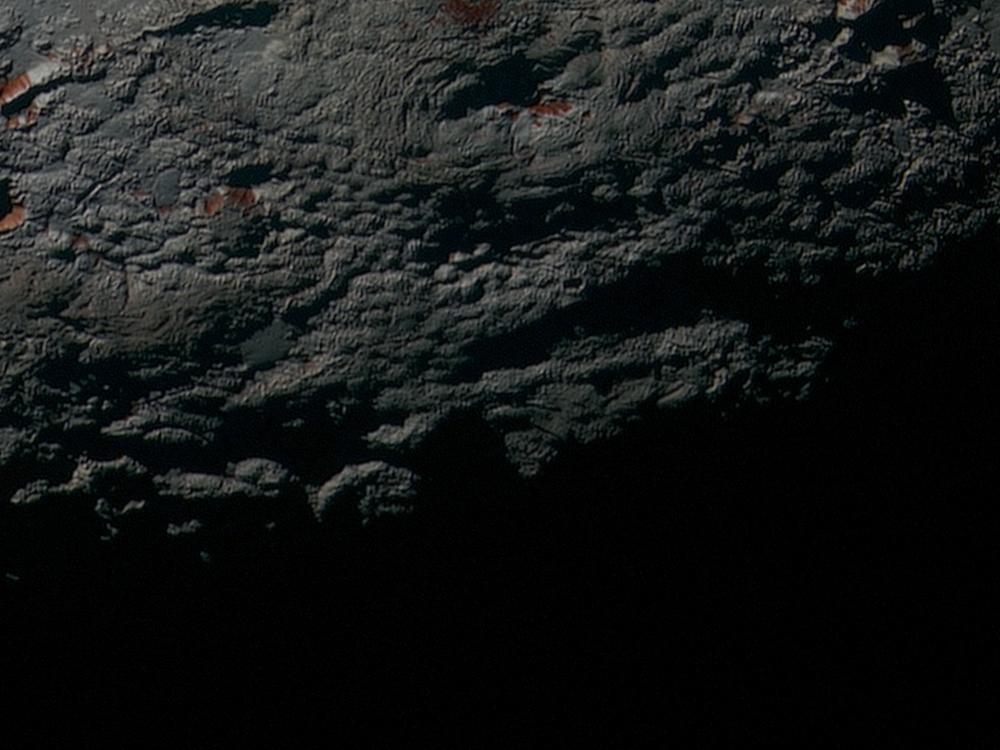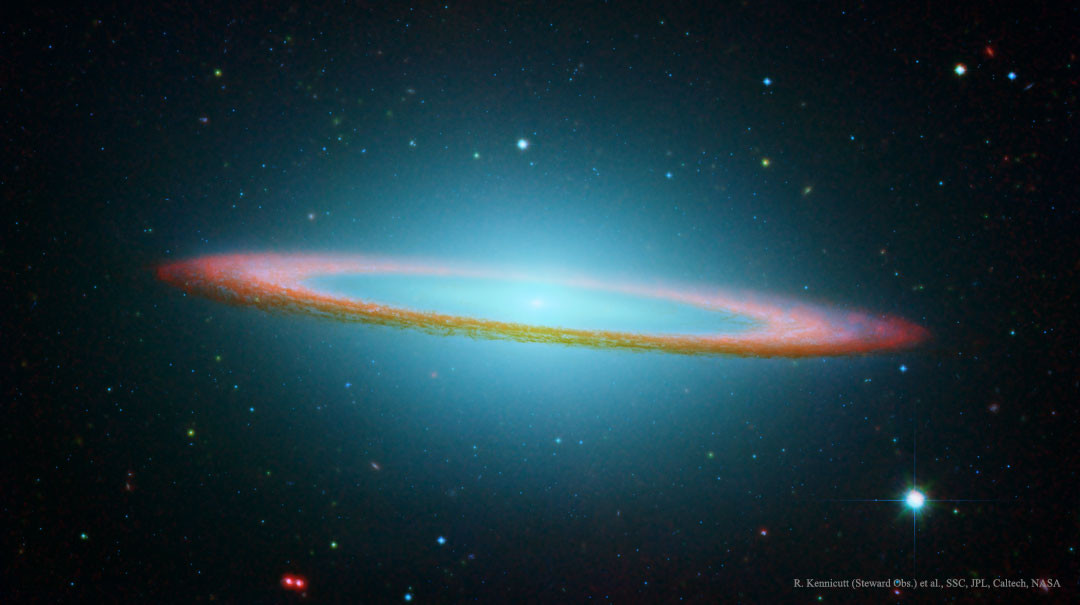🔭 Il James Webb Space Telescope, con la sua NIRCam, ha catturato un’immagine ad altissima risoluzione della Red Spider Nebula, una affascinante nebulosa planetaria.
Tali nebulosa sono immensi involucri di gas emessi da una stella che si avvia alle fasi finali della sua evoluzione, “impollinando” il cosmo di materiale pazientemente processato al suo interno.
La cosa davvero interessante è che, per la prima volta, si vedono chiaramente i suoi lobi estesi, strutture chiuse e simili a bolle che raggiungono circa 3 anni luce di diametro.
Questi lobi, tracciati dalla luce delle molecole di idrogeno, si sono formati grazie al gas espulso dalla stella centrale nel corso di migliaia di anni. Una nuova finestra sull’evoluzione delle stelle di piccola e media massa, che (oltre ad essere le più longeve) sono quelle numericamente preponderanti nel nostro splendido universo.
*Crediti immagine: NASA *
🔭 Il James Webb Space Telescope, con la sua NIRCam, ha catturato un’immagine ad altissima risoluzione della Red Spider Nebula, una affascinante nebulosa planetaria.
Tali nebulosa sono immensi involucri di gas emessi da una stella che si avvia alle fasi finali della sua evoluzione, “impollinando” il cosmo di materiale pazientemente processato al suo interno.
La cosa davvero interessante è che, per la prima volta, si vedono chiaramente i suoi lobi estesi, strutture chiuse e simili a bolle che raggiungono circa 3 anni luce di diametro.
Questi lobi, tracciati dalla luce delle molecole di idrogeno, si sono formati grazie al gas espulso dalla stella centrale nel corso di migliaia di anni. Una nuova finestra sull’evoluzione delle stelle di piccola e media massa, che (oltre ad essere le più longeve) sono quelle numericamente preponderanti nel nostro splendido universo.
*Crediti immagine: NASA *

